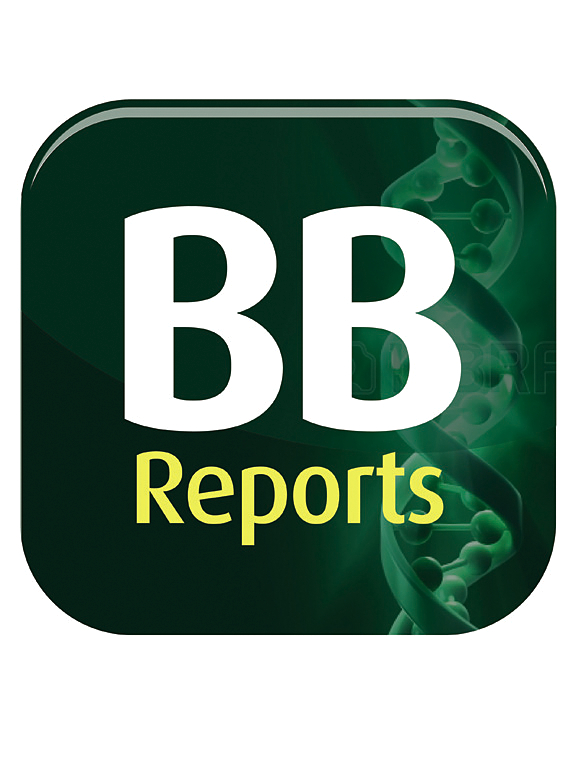Three sample-sparing techniques to estimate the molar absorption coefficient of luminescent dyes
IF 2.3
Q3 BIOCHEMISTRY & MOLECULAR BIOLOGY
引用次数: 0
Abstract
Luminescent dyes are commonly modified to improve their solubility, permeability, or spectral properties. However, changing the chemical structure influences the absorption of light and thus the compound-specific molar absorption coefficient (ε), which also confounds the compound's concentration in solution. The accurate determination of the molar absorption coefficient of new luminescent molecules is labor intensive and challenging when a limited amount of material is available for testing. To address this problem, we developed three techniques combined with UV–Vis spectrophotometry to closely approximate the molar absorption coefficient of various light-emitting dyes. The first technique uses Electrospray Mass Spectrometry to obtain a high-resolution incorporation ratio of a dye-labeled protein. The second approach utilizes covalent linking of the unknown dye to a dye with a known absorption coefficient. In the third method, we used fluorescence correlation spectroscopy to determine the fluorophore concentration in solution. We test each method with well-characterized fluorescent dyes and an uncharacterized chemilumiphore. Each technique produced calculated absorption coefficients comparable to the published reference values, although each presented unique limitations that reduced accuracy under certain conditions. Nevertheless, the techniques could be incorporated into current compound evaluation workflows and require only a small amount of sample, two significant advantages over traditional methods for characterizing new luminescent compounds.

三种样品保留技术估算发光染料的摩尔吸收系数
通常对发光染料进行改性以提高其溶解度、渗透性或光谱特性。然而,改变化学结构会影响光的吸收,从而影响化合物的摩尔吸收系数(ε),这也会混淆化合物在溶液中的浓度。当可用于测试的材料数量有限时,准确测定新发光分子的摩尔吸收系数是一项劳动密集型和具有挑战性的工作。为了解决这一问题,我们开发了三种结合紫外可见分光光度法的技术来接近各种发光染料的摩尔吸收系数。第一种技术使用电喷雾质谱法获得染料标记蛋白质的高分辨率掺入比。第二种方法利用未知染料与具有已知吸收系数的染料的共价连接。在第三种方法中,我们使用荧光相关光谱法测定溶液中的荧光团浓度。我们用表征良好的荧光染料和未表征的化学荧光素来测试每种方法。每种技术产生的计算吸收系数与公布的参考值相当,尽管每种技术都有其独特的局限性,在某些条件下会降低准确性。然而,这些技术可以纳入当前的化合物评估工作流程,并且只需要少量的样品,这是表征新发光化合物的传统方法的两个显著优势。
本文章由计算机程序翻译,如有差异,请以英文原文为准。
求助全文
约1分钟内获得全文
求助全文
来源期刊

Biochemistry and Biophysics Reports
Biochemistry, Genetics and Molecular Biology-Biophysics
CiteScore
4.60
自引率
0.00%
发文量
191
审稿时长
59 days
期刊介绍:
Open access, online only, peer-reviewed international journal in the Life Sciences, established in 2014 Biochemistry and Biophysics Reports (BB Reports) publishes original research in all aspects of Biochemistry, Biophysics and related areas like Molecular and Cell Biology. BB Reports welcomes solid though more preliminary, descriptive and small scale results if they have the potential to stimulate and/or contribute to future research, leading to new insights or hypothesis. Primary criteria for acceptance is that the work is original, scientifically and technically sound and provides valuable knowledge to life sciences research. We strongly believe all results deserve to be published and documented for the advancement of science. BB Reports specifically appreciates receiving reports on: Negative results, Replication studies, Reanalysis of previous datasets.
 求助内容:
求助内容: 应助结果提醒方式:
应助结果提醒方式:


